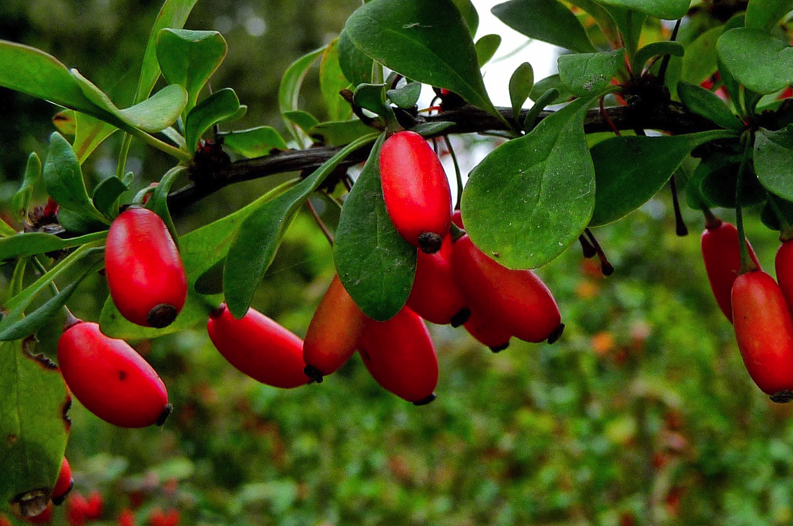Indian Barberry, also known as “Berberis aristata,” “Chutro,” “Daruharidra,” or “tree turmeric” has recently been under scientific scrutiny for its promotion of healthy microbial balance. The rise in resistant microbial strains and highly infectious agents around the globe has led to a search for compounds exhibiting antagonistic activity towards pathogens, but from natural sources. Researchers are now looking to plants with long-standing traditions of healing properties such as Berberis aristata/Indian Barberry and highlighting the active phytoconstituents, their properties, and their biosafety.
Berberis aristata (known as “Daruharidra”) has been used in Ayurvedic traditions for over 2500 years. There are approximately 500 species in the Berberidaceae family. Berberis aristata is an important member of the family, native to the Himalayan region. Although these plants have been used traditionally for millennia, if they are to be used widespread – evaluating their biosafety and toxicity is of major importance.
Various scientific tests have now been carried out to evaluate the safety and “no symptoms of toxicity or death was observed,” making it “a suitable candidate for the development of potential antimicrobial compounds in the time to come.” Importantly, Berberis aristata “exhibited a broad-spectrum antimicrobial potential against potent human pathogens.”





